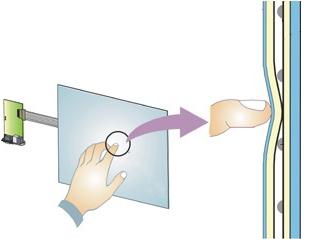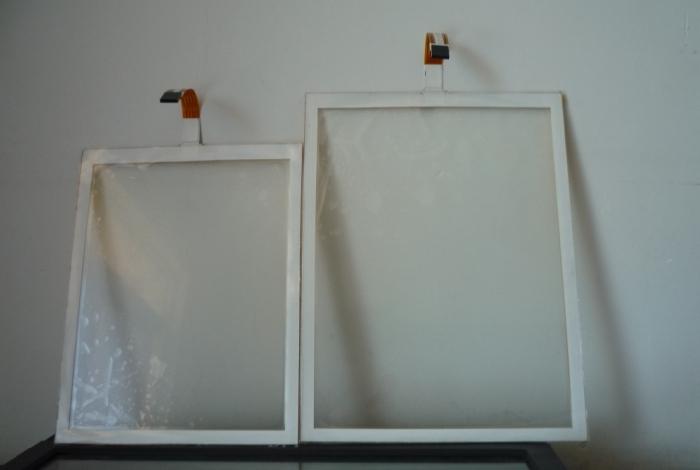For a tablet or smartphone, the touch screen is not only a means of displaying information, but also controlling the device, which is very important. The first such display was invented back in the seventies of the last century, and began to be actively used on game consoles and smartphones. Conventionally, all sensors are usually divided into capacitive and resistive. Resistive technology is obsolete today, but it is used widely enough, which makes it possible to significantly reduce the final cost of the device. This technology involves the use of any more or less sharp object for contact with the screen, but the list of advantages of such devices ends on the cheapness and variety of control accessories.

Capacitive touch screens are distinguished by the fact that the gadget can be controlled only when using objects that have a large capacity, conducting current. The screen itself is made in the form of a glass panel coated with a resistive material, which has a fairly high degree of transparency. When you touch the screen with your fingers or with another object that conducts current, a leakage of current occurs, recorded by electrodes located at the corners of the panels. Capacitive touch screens are equipped with controllers that record the point of touch. And so the touch to a certain point turns out. Capacitive touch screens have a fairly high reliability, allowing for at least two hundred million touches.

Other options of this type may be considered. Capacitive type of touch screen has become the progenitor of such technology as projective-capacitive. Here the principle of operation is based on the work of the grid of electrodes located on the inside of the screen. Together with the human body, they form a
capacitor, the capacity of which changes the display controller. This technology is used in the manufacture of iPhone.
Capacitive touchscreens have a number of advantages. They can be considered in comparison with resistive, so that it becomes more clearly. Of course, the former win in such a comparison, since they have great advantages. They have a higher rate of reliability. There is no need for calibration for them. The sensitivity of such screens is much higher. Capacitive multi-touch screen supports multi-touch technology, which can not be said about resistive.
It is noteworthy that this method of manufacturing screens every year becomes more accessible in end devices for customers, today it can be increasingly seen in budget options for tablets and touch phones. The only very controversial drawback is the inability to work with the stylus, but this has already been fixed. Based on the described arguments, capacitive touch screens can be called at the moment the most promising in the production of tablets.